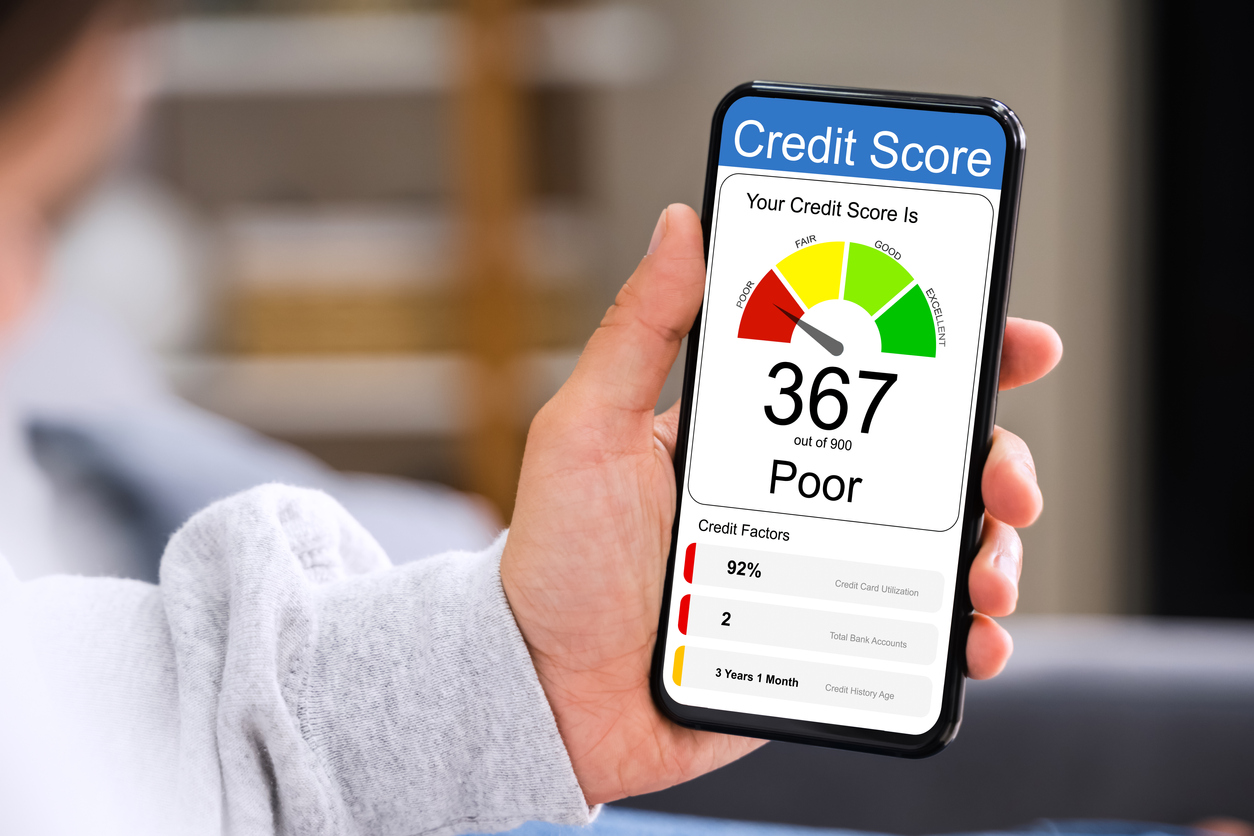The sub-prime consumer credit market is showing signs of improvement, although a worsening macroeconomic environment could reverse this trend, according to Neuberger Berman.
In an analysis, Varun Surapaneni, senior associate at the global asset manager, said “after a challenging period of rising loan losses, we believe selective pockets of the consumer credit market could be firming up.”
Surapaneni noted that overall consumer loan losses rose in 2022, as pandemic stimulus programmes dried up and inflation increased.
Read more: Nick Harding steps down from consumer lender Fluro
Squeezed consumers ate into their savings and fewer prepaid their debt balances, he said, leading lenders to tighten their underwriting policies.
“Recently, the percentage of past-due loans to riskier borrowers has begun to flatten, and prepayment rates for sub-prime and near-prime borrowers have fallen to nearly half their pre-pandemic levels,” the analysis said.
Read more: Private credit’s returns attract investors and asset managers alike
“Furthermore, the percentage of newer sub-prime and near-prime loans at least 30 days past due – a historically good indicator of lifetime loan losses – has consistently declined since the second quarter of 2022.”
In comparison, bad debts among prime and super-prime borrowers continue to increase.
Read more: Pimco: Real assets in portfolios can boost resilience
However, a worsening macroeconomic climate could quickly reverse this favourable trend in the sub-prime and near-prime segment, Surapeneni warned.
“In the meantime, we believe investors may want to consider adding extra protection by seeking to purchase assets at lower prices and better aligning their interests with originators through deferred payments or loss protection mechanisms,” he added.

